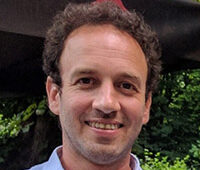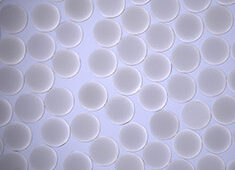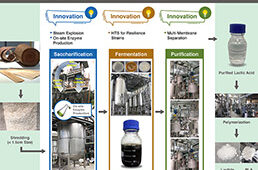Conventional
wisdom suggests that when exposing a crystal to heat, the thermal
energy within the crystal would spread uniformly across the lattice.
However,
physicists have found that unlike the surface of water disturbed by a
rock where energy spreads out in ripples, energy in a crystal can
spontaneously localize in distinct nonlinear modes. Not only that, but
now Lawrence Livermore scientists report that this energy found in
intrinsic localized modes (ILMs) as they are called, also can organize
into complex and changing dynamical patterns when heated to between 614
and 636 kelvin (water boils at 373 kelvin).
The
scientific community expected that ILMs formed randomly throughout a
crystal. But the new research by LLNL’s Michael Manley and collaborators
from Oak Ridge National Laboratory and Cornell University found that
ILMs organize into complex and changing patterns.
Using
scattering neutrons to probe a sodium iodide crystal, Manley and
colleagues found that between 614 and 636 kelvin, the ILMs began
switching as a unit from one pattern to another and then would return to
their original organization as the crystal was subjected to further
heating.
“Although
dynamical patterns like this have been known for more than 100 years,
this is the first observation in an atomic lattice and the first in
thermal equilibrium,” Manley said. “It was a big surprise that energy
organized in equilibrium. It goes outside of how we treat equilibrium.”
ILMs
may play an important role in advanced photonic switching devices;
energy transport and storage processes in biopolymers; “unzipping” of
DNA; and folding of proteins.
“This
new understanding is of practical importance since it occurs in
ordinary crystals at temperatures where materials are used,” Manley
said. “It may be of special importance in applications where the flow of
thermal energy is critical, such as with thermoelectric materials.”
The research appears in the June 14 issue of the new journal, Scientific Reports (Nature‘s open access journal).




